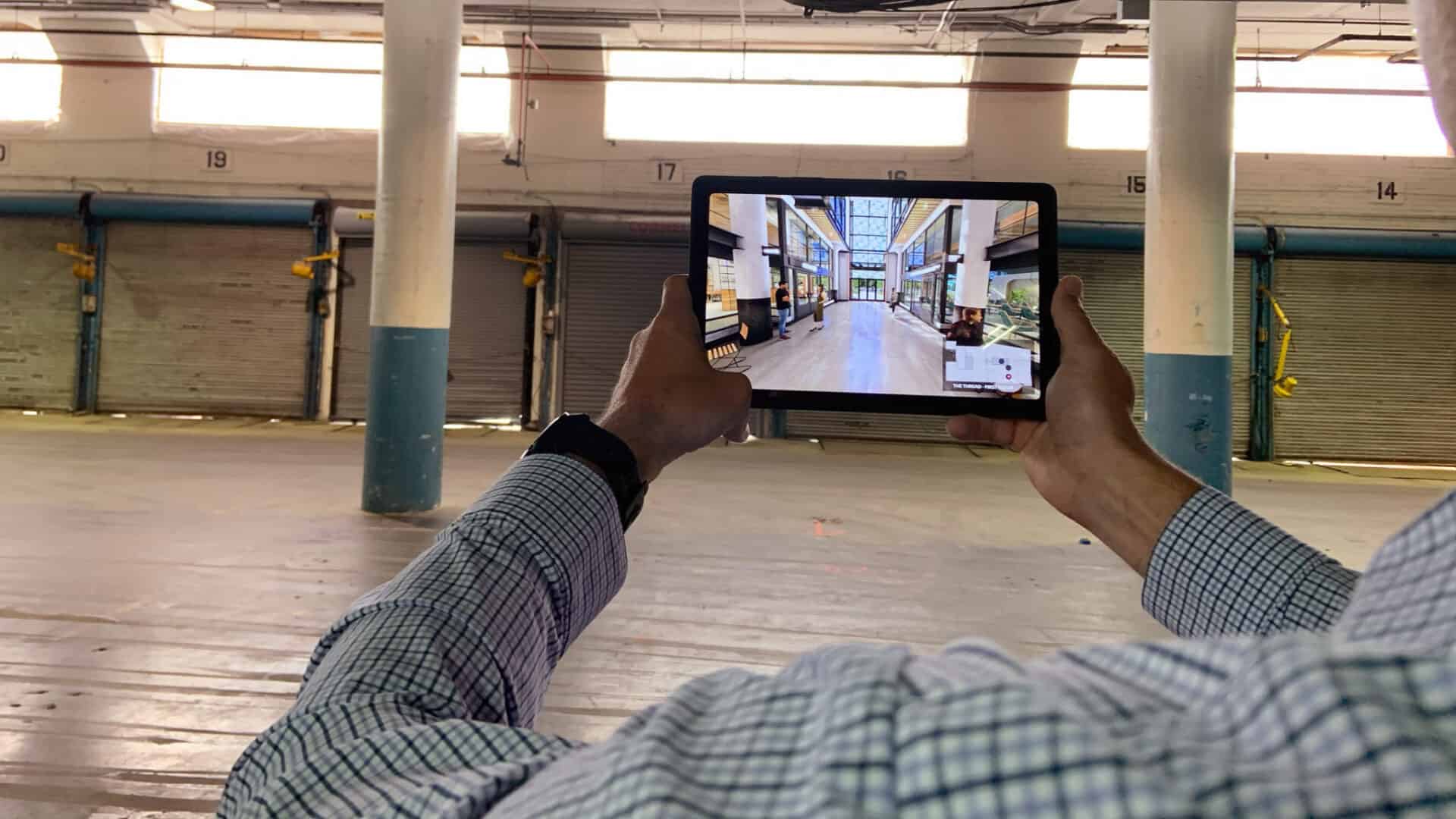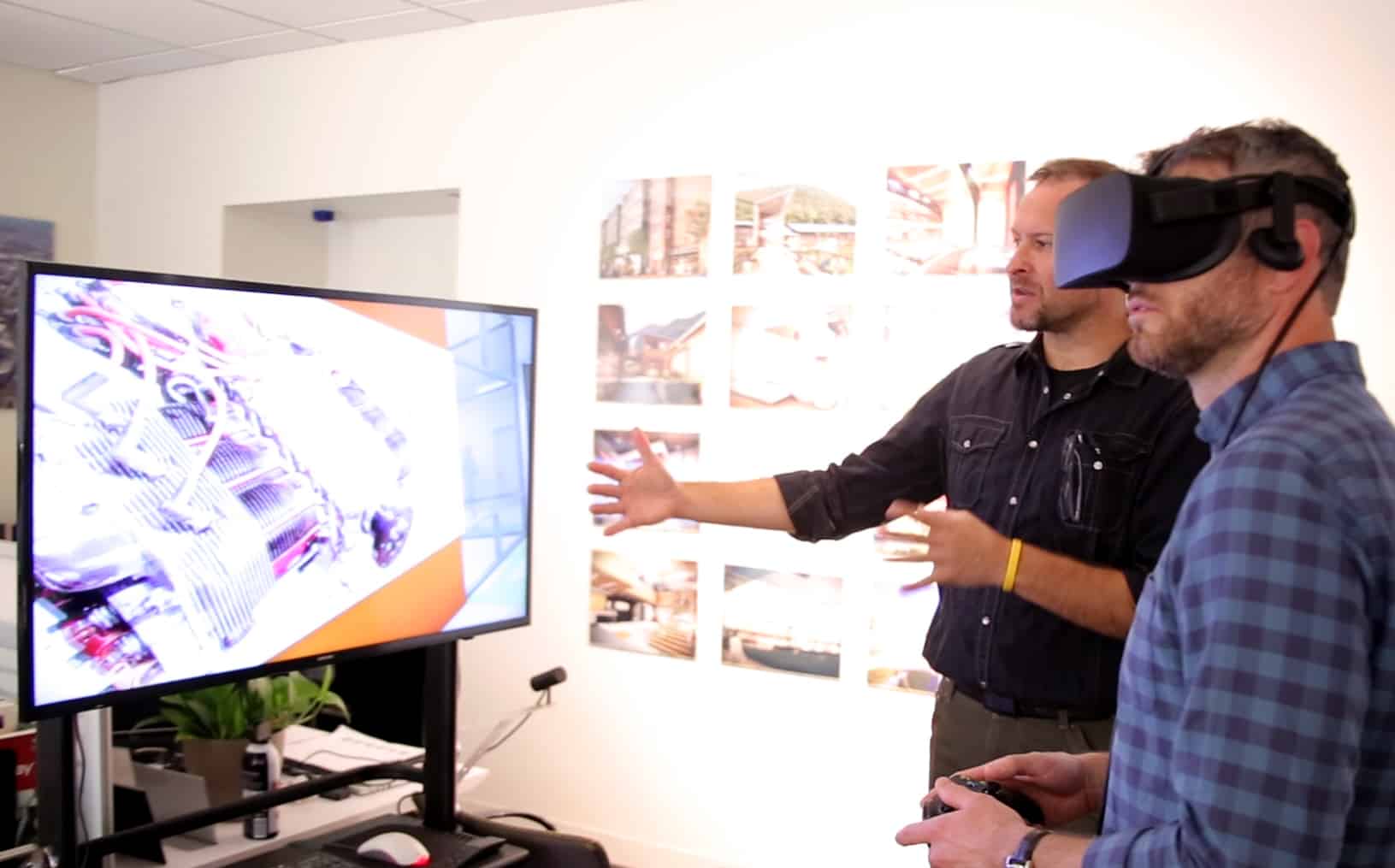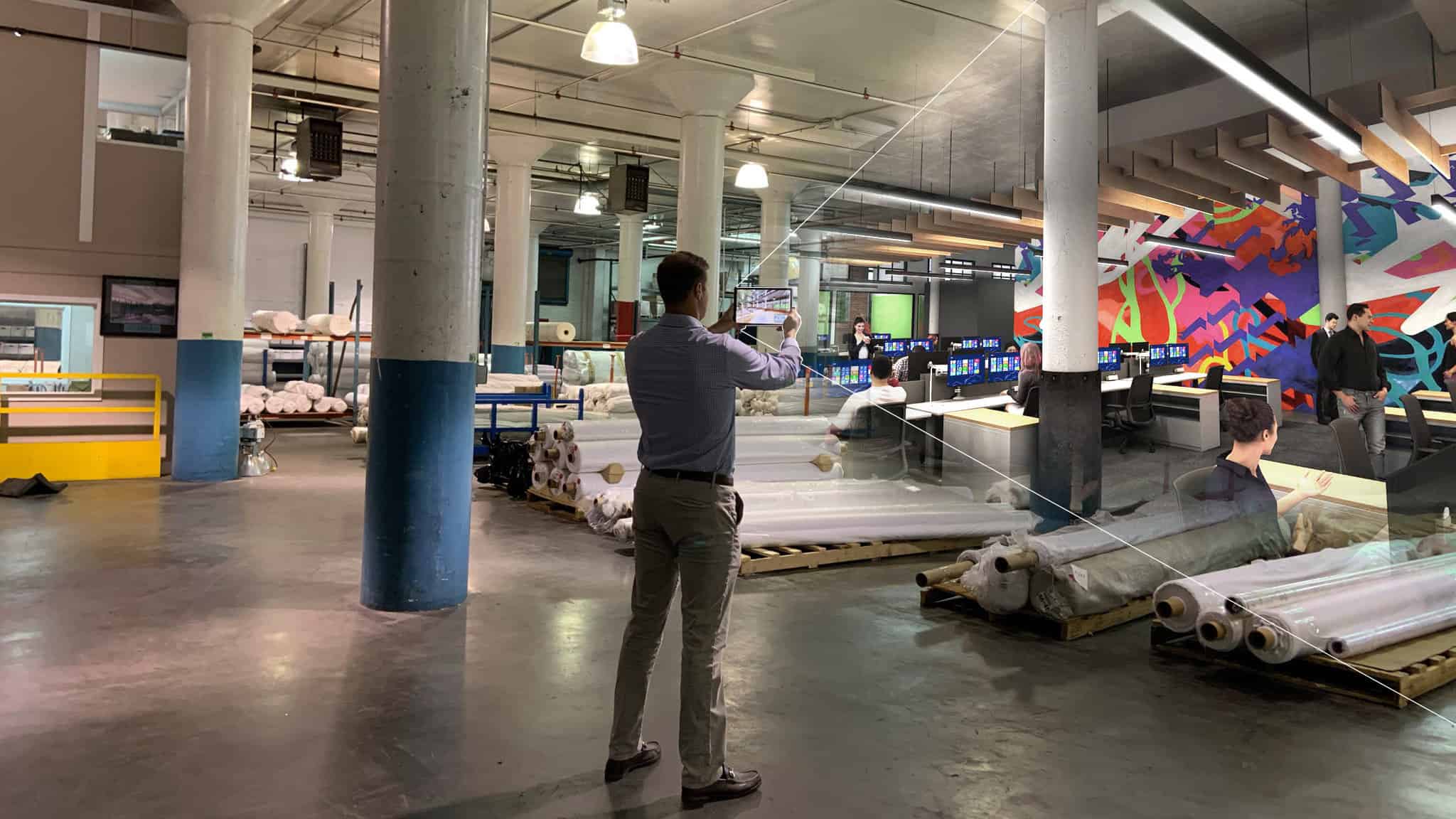Virtual Reality (VR) is a real-world simulated experience using 3D models and special hardware to visually immerse oneself into a digital environment. With VR, viewers are active participants as they freely explore realistic computer-simulated environments. They can see and experience the volume of a space. It’s true interaction within the digital realm. And … it’s not just for gamers.
From real estate developers and civic organizations to healthcare facilities and all industries in between, businesses are leaning into virtual reality technology and the tangible results produced by its use.
VIRTUAL REALITY FOR FUNDRAISING + CAPITAL CAMPAIGNS
Nonprofit, civic, and public organizations use virtual reality to bring their causes to life. Through 360-degree visuals, donors, volunteers, and staff can experience exploring a new world, navigating an inaccessible place, or walking in someone else’s shoes. As a result, VR storytelling can be a powerful way to build compassion and empathy.
At Little, many of our clients use virtual reality to help donors—and potential donors—imagine what a new space might look like. By putting on a headset and seeing and feeling the impact of an unrealized environment, people are more likely to become excited about the possibilities and support the organization’s efforts.

DRIVE PRE-LEASING WITH VR
Marketing an unbuilt property is a common challenge for real estate developers and agents. However, VR technology is transforming real estate. From companies looking for office space to retailers and restaurateurs, potential tenants can tour a project and see in detail what their operation could look like—all before construction begins.
For example, Little’s digital visualization team uploaded panoramic VR onto iPads, tablets, and headsets for potential tenants to experience dramatic before and after visuals of The Thread—an adaptive reuse, mixed-use development currently under construction. Signage and branding create a customized, real-life experience that sells potential tenants.
VR IN THE WORKPLACE: EMPLOYEE TRAINING AND RECRUITMENT
Virtual reality is used in different industries to train and recruit employees. VR provides a safe space to learn high-risk skills by replicating potentially harmful environments—from energy to healthcare sectors. The immersive learning experience simulates work challenges, allowing employees to gain valuable on-the-job training without compromising safety.
Additionally, VR can be an effective tool for employee recruitment. Candidates can conveniently explore the company’s offices and work environment, as well as special amenities such as mother’s rooms, open office plans, cafés, and collaborative spaces. From the employer’s perspective, hosting virtual interviews and office tours can attract higher quality candidates since it broadens their talent search radius. Cost savings are also realized by eliminating the need to fly in and house talent for in-person interviews.

ENHANCING THE CUSTOMER EXPERIENCE THROUGH VIRTUAL REALITY
Virtual reality enhances the customer experience. Retailers frequently use VR for applications that allow customers to engage with a product before they buy. Shoppers can experience and interact with in-store VR displays that allow them to sample products before purchasing. They may also test out a product at home through virtual store experiences, providing both a convenient and confident purchasing experience.
In healthcare settings, virtual reality can improve the patient experience. For instance, Little created a virtual space for one healthcare client that allowed patients and their families to experience what it would be like to receive treatment at a particular facility. Within the virtual environment, healthcare workers walk patients through the space, explaining where to go and what to expect. Thus, reducing patient anxiety.
Check out this video that shows Little employees using VR to tour the MIBG Therapy Suite at Levine Children’s Hospital.
According to Statista, the VR industry is on a fast growth track. Global market revenue is projected to double by 2025. As popularity grows and virtual reality becomes more mainstream, consumers of all types will come to expect immersive interactions to help them evaluate where and how to spend their money.
Curious to how Little can help you connect to your customers and achieve real results through a customized virtual reality experience? Reach out to our team today to explore the possibilities.

